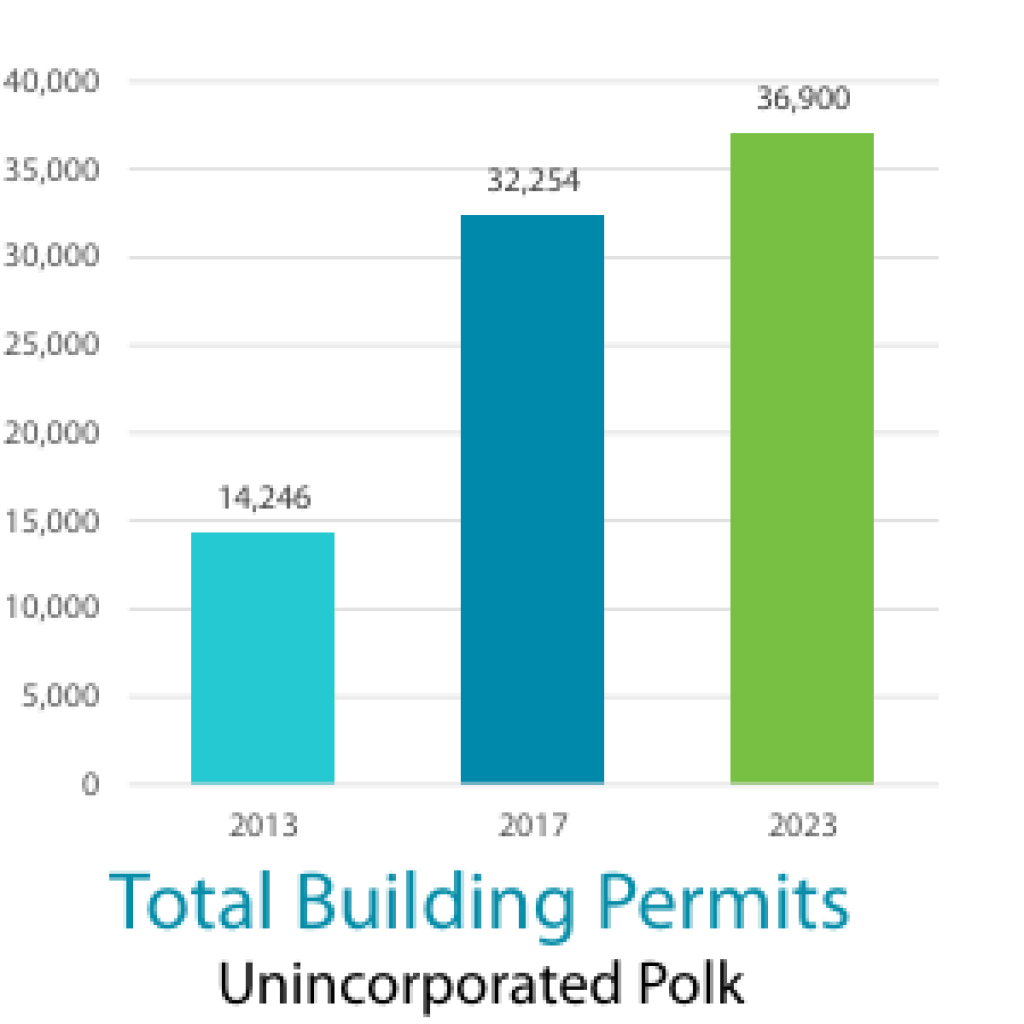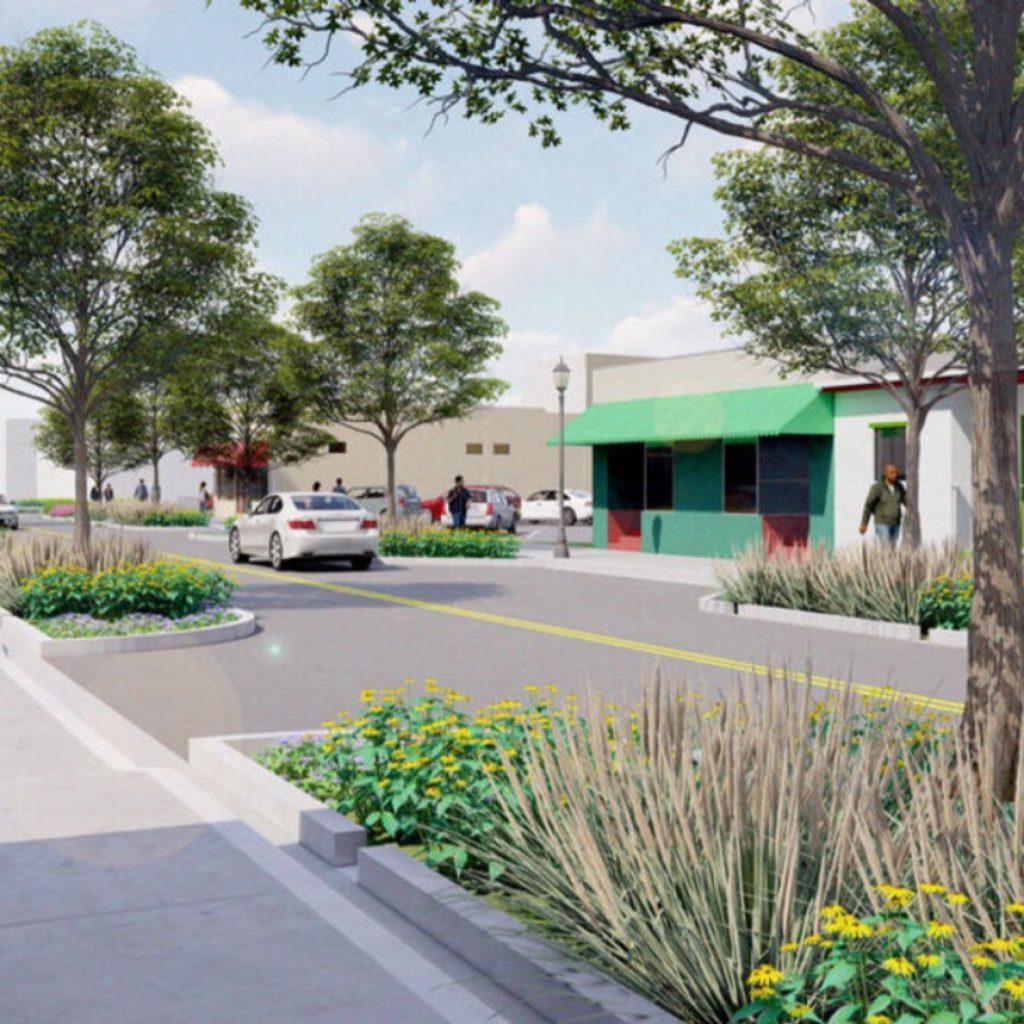Lake Wales, a city perched on Florida’s scenic Ridge, is thriving under a transformation led by a forward-thinking administration. With its rolling hills and historic allure, this Polk County gem is seeing growth bloom within its borders, expertly managed by city leaders. New residential communities are rising, and national chains like Panera Bread, Dunkin’ Donuts, and Slim Chickens are flocking to Highway 27, with more in the pipeline. Yet even as the current administration steers this progress with precision, a challenge looms: unchecked development just outside the city limits, orchestrated by Polk County, is piling strain on Lake Wales’ resources.

The numbers showcase Lake Wales administration’s command inside the city. New home building permits grew—from 31 in 2020 to 409 in 2024, with 58 issued through March 24, 2025— this evidence shows a housing boom that the city has now brought under careful control within its 20-square-mile footprint, home to over 15,000 residents. City Manager James Slaton and his team have turned this growth into opportunity, channeling it to bolster Lake Wales’ future. But beyond the city’s edge, Polk County’s unincorporated land is a different story. In 2023 alone, the county issued a staggering 36,900 building permits across its unincorporated areas, a torrent of development that includes neighborhoods encircling Lake Wales.

Exact 2024 figures for this specific zone remain with the county’s Building Department, but the scale is clear: these county-approved projects draw families who tap Lake Wales’ roads, water, and emergency services—without paying city taxes—leaving the Lake Wales administration team to bear a burden it didn’t invite.

Within city limits, the administration’s wins shine bright. A commercial surge—15 new permits from January 2024 to March 2025—has brought Hwy 27 eateries and self-storage facilities, a testament to Slaton’s leadership. “We’re delivering the services people want and jobs we need,” Slaton said recently, his optimism backed by tax revenue that’s fueling ambitious upgrades. Projects like the revamped Central Avenue and Highway 27—complete with new sidewalks, park enhancements, and eye-catching gateways—reflect a city administration in full control, crafting a destination on its terms. Yet this success hinges on more residents, and the county’s sprawling growth outside the limits threatens to stretch resources thin.

The contrast is stark. Inside Lake Wales, the administration’s grip on growth is ironclad; outside, Polk County’s authority over unincorporated land fuels a development spree—evidenced by those 36,900 permits in 2023—that leans heavily on city infrastructure, from clogged Scenic Highway to overstretched water lines, without contributing to the tax base. The administration’s response is the Lake Wales Land Use Study, a smart move to map utility service areas in county territory and guide future growth with public input. Detailed on the city’s website, it’s a bid to ease the strain, though Polk County holds the final say. Unlike Lakeland, 25 miles away, where joint planning with the county balances burdens, Lake Wales’ leaders face a tougher fight in Florida’s disjointed system.
Undeterred, the administration is doubling down. The “Lake Wales Envisioned” initiative is rolling out green ways and “complete streets” to keep internal growth sustainable—mirroring Asheville, North Carolina’s savvy approach. Economically, Slaton’s team is bullish: a Retail Strategies partnership is luring retail, a 2024 strategic plan with the Lake Wales Economic Development Council targets high-wage employers, and a Highway 60 corridor alliance with Winter Haven and Bartow, launched in December, aims to draw big jobs to south Polk County. The approved Lake Wales Commons promises mixed-use vitality, while Longleaf Business Park deals will deliver a hotel, warehouse, and manufacturing site. In the historic core, the Lake Wales Connected plan is sparking business buzz, backed by the city’s first-ever economic incentive programs, adopted in 2024 to out muscle rival regions.
The administration’s vision is bold, but the county’s sprawl casts a shadow. Annexation could sync revenue with service demands—potentially guided by the Land Use Study—but it’s a slog requiring resident votes. County-city cost-sharing, like Lakeland’s, remains elusive in Florida’s fractured governance. Still, Lake Wales’ leaders are forging ahead, turning commercial wins into a buffer against county-induced strain. Slaton’s crew is proving they can steer growth inside the lines; if they can bridge the city-county divide, Lake Wales could shine as a small-city success story. For now, the rolling hills pulse with promise—and a few pains courtesy of Polk County’s unchecked boom.
Sources: CFDC.org, LakeWalesfl.gov, Lake Wales Zoning Map, Polk County 2023 Report


